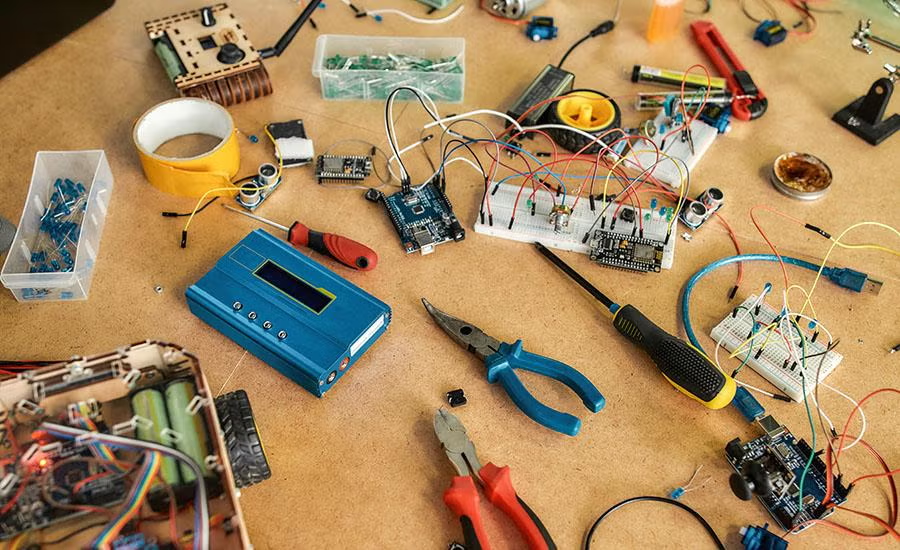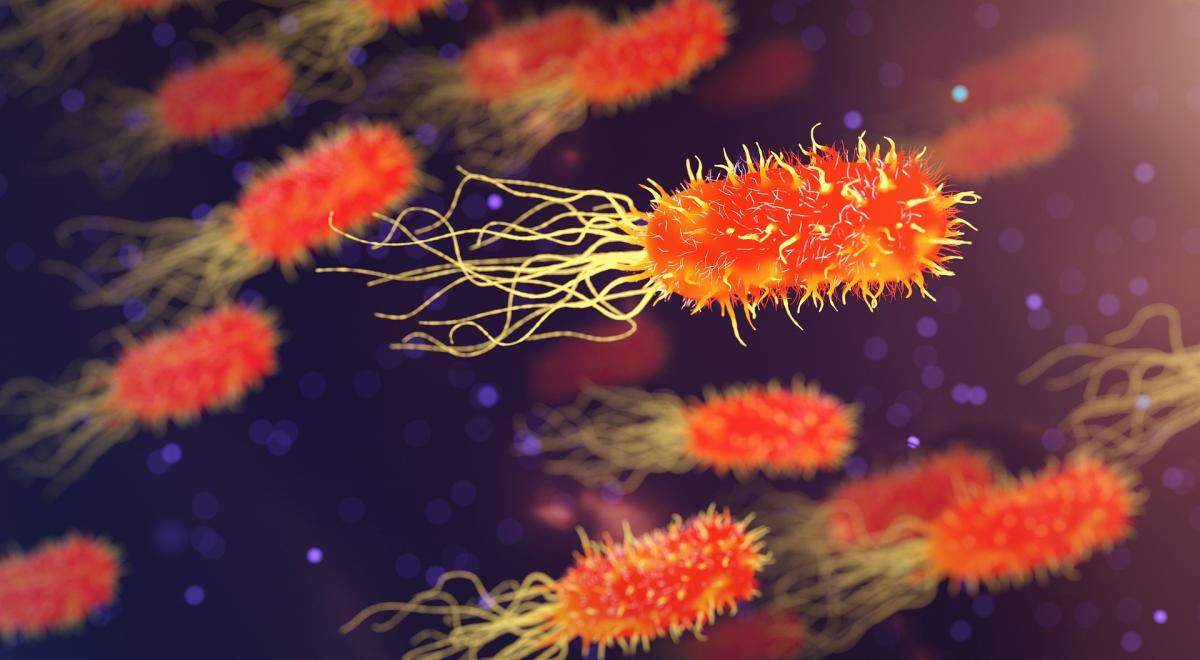
How to Design a Better Smartphone Case
Engineers create and use new materials, as well as new combinations of existing materials to design innovative new products and technologies—all based upon the chemical and physical properties of given substances. In this activity, students act as materials engineers as they learn about and use chemical and physical properties including tessellated geometric designs and shape to build better smartphone cases. Guided by the steps of the engineering design process, they analyze various materials and substances for their properties, design/test/improve a prototype model, and create a dot plot of their prototype testing results.
This engineering curriculum aligns to Next Generation Science Standards (NGSS).
Lesson Plan Link/URL
https://docs.google.com/presentation/d/1l742Vr3bmGr4K20vR2NaaWeCrQ3r8rrN/edit?u…Related Content

In this lesson, students use the Kepler’s Laws PhET Simulation to collect data on the period and average radius of the planetary orbits. They graph and analyze that data to derive Kepler’s 3rd Law.

Students have the opportunity explore different materials that use nanotechnology and then discuss the key differences between macroscale and nanoscale impacts on those materials.

This lesson uses a PhET Simulation to allow students to collect data on the orbits of planets around our Sun, then summarize and share their results. It is designed for students in Grades 9-12.